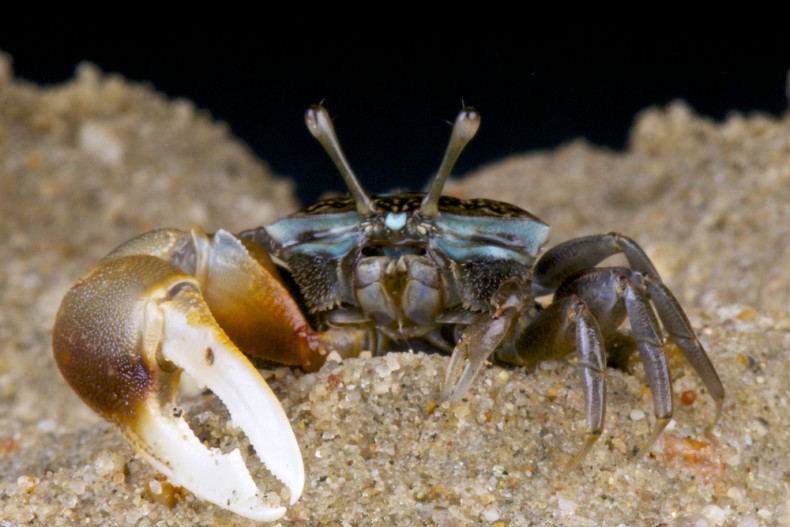 For all those who suffered through my impossibly obscure quiz questions a fortnight ago, my heartfelt thanks. 120 readers sat the quiz to the end, and the average grade of 44% is no disservice to your knowledge level.
For all those who suffered through my impossibly obscure quiz questions a fortnight ago, my heartfelt thanks. 120 readers sat the quiz to the end, and the average grade of 44% is no disservice to your knowledge level.
There is one question in particular, though, whose most popular response surprises me. A remipede is a pale crustacean with no eyes, and 37 people guessed that correctly. Interestingly, 51 people (42.5% of the respondents) chose “an insect with an odd number of legs”.
May I direct your attention to the Last Word on Nothing banner image above – a display of the types of symmetries in life, from the Field Museum in Chicago. Let’s talk about bilateral symmetry.
Animals don’t naturally have odd numbers of legs. They may have odd numbers of arms (see: radially-symmetric starfish) or a single “foot” (see: slugs). But for proper legs that are primarily used for getting around, it’s never been found.
From a streamlining perspective, this holds water. Even a slight imbalance on a shopping cart requires inordinate energy to compensate for the pull in one direction. And if you want to move a boat in a straight line, you should be paddling on both sides. Perhaps a line of legs down the midline – rollerblade-style – looks like a balanced solution to directional travel, but it lacks side-to-side stability.
 Beyond kinetics, though, the bilateral symmetry of arthropods (including insects) and almost every other animal phylum goes much deeper into evolutionary origins. For bilaterians, as we’re called, the body plan arises from the first few divisions of our embryonic cells – the three germ-layer division at the beginning of life into ectoderm, mesoderm and endoderm.
Beyond kinetics, though, the bilateral symmetry of arthropods (including insects) and almost every other animal phylum goes much deeper into evolutionary origins. For bilaterians, as we’re called, the body plan arises from the first few divisions of our embryonic cells – the three germ-layer division at the beginning of life into ectoderm, mesoderm and endoderm.
Once you have a mouth (front) end as well as a tail end, plus a top and bottom, you have a left and a right. That mouth end is then primed to be a hub for some sort of central nervous system. Jellyfish and corals, which are radially symmetric, arise from just two germ layers, whereas sea sponges that aren’t symmetric at all, don’t really contain proper body tissues.
Bilateral symmetry is ruthlessly selected for, not just by survival difference but by careful sexual selection preferences. Beauty in humans has long been associated with symmetrical facial features, but a meta-analysis of 65 studies also found an overall effect in 42 species within four major taxa.
There are exceptions to the symmetry, especially in areas that least affect mobility. Fiddler crabs are symmetrical as juveniles, but upon adulthood, the claw on one side of the male crab enlarges beyond all sensible proportion as a secondary sexual characteristic. Sometimes their legs and eye-stalks are also enlarged on the same side.
It’s equally likely to be the left claw as the right one that grows and gets waved at females and used to stand up to rivals. The other one continues humbly, but crucially, to scoop up food. How do they avoid the pitfalls of walking with a heavy weight to one side? By walking crabwise, of course.
Image: c/o Stutterstock